Tempo-iMG™
Human iPSC-derived Microglia
Tempo-iMG™
Human iPSC-derived Microglia
Tempo-iMG™ microglia cells are reprogrammed from human iPSC-derived multipotent progenitor cells, using integration-free induced pluripotent stem cell (iPSC) lines under fully defined proprietary feeder-free, serum-free, non-viral, nucleic-acids-free, integration-free reprogramming conditions. Tempo’s iMG™ microglia cells are polarized structures when plated as a monolayer in culture and express microglia biomarkers, such as ApoE/variants, A1F1(= IBA1), hP2RY-12, TREM2, hGPR34, CXCR3, P2RX4, P2RX7, TRPM7, and CD11b/c. They exhibit phagocytosis activities (shown via LIVE-cell phagocytosis assay using fluorescent beads). Microglia are different from macrophages in many significant ways: synaptic stripping, secreting cytotoxic molecules, removing waste molecules from neurons, and signaling robust calcium wave responses.
Applications
Tempo-iMG™ are intended for basic scientific research, drug discovery and therapeutics development use only. It is not a product for human testing or diagnostics.
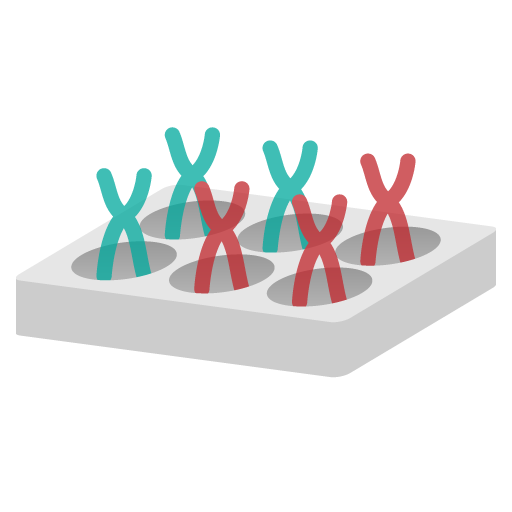
Phenotypic Assays

High Content Imaging
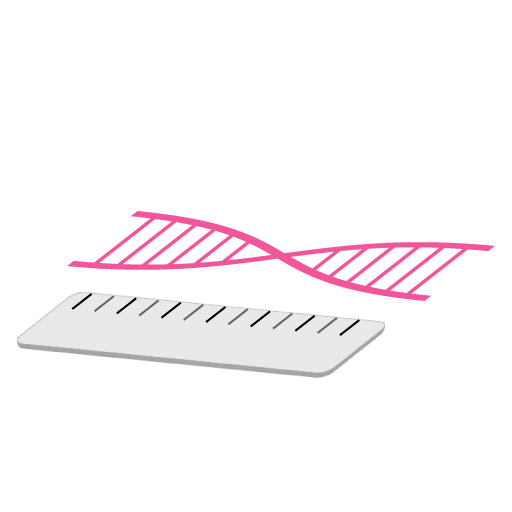
Biomarker Discovery
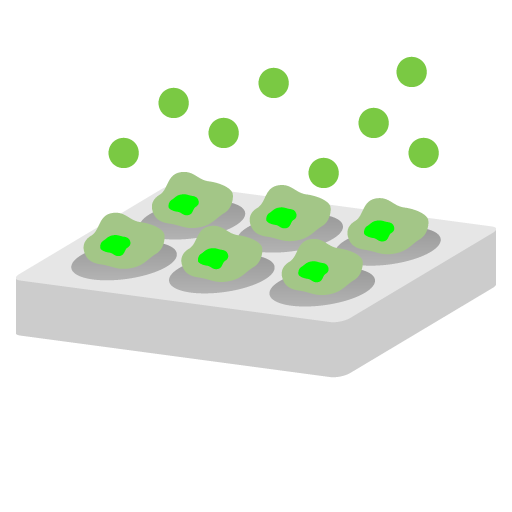
Cytotoxicity Assays
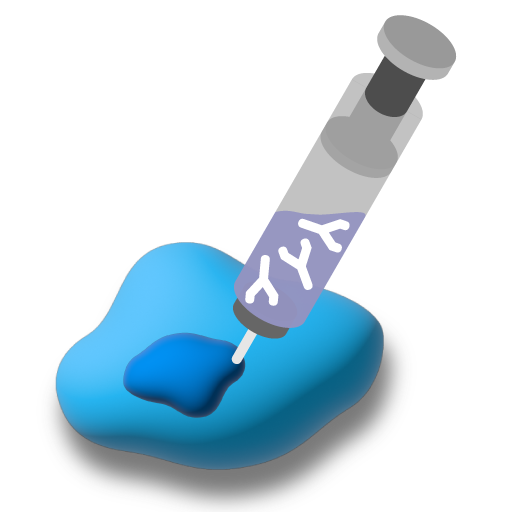
Target Validation
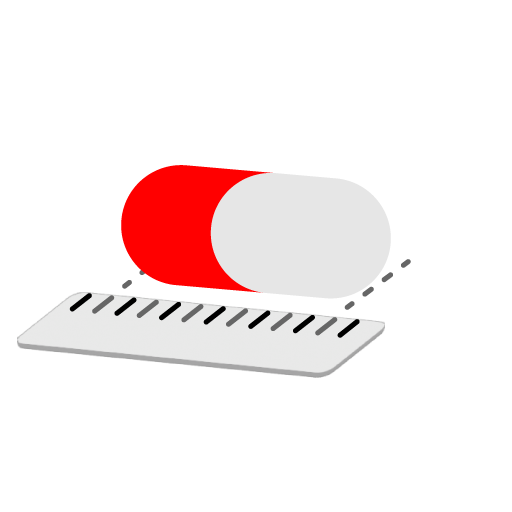
Lead Optimization

Investigative Toxicology

Nonclinical Efficacy Evalutions

Live-cell Imaging
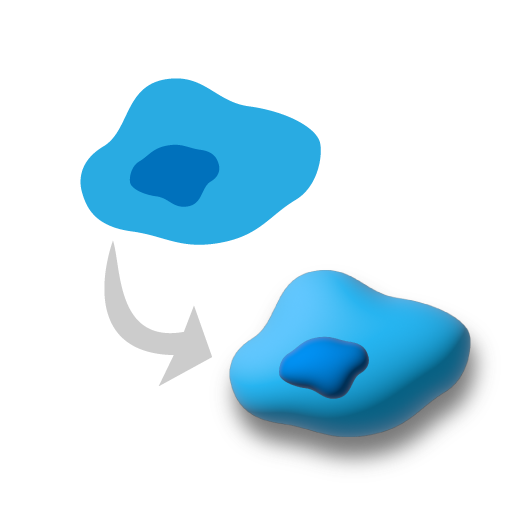
2D & 3D Cell Culture
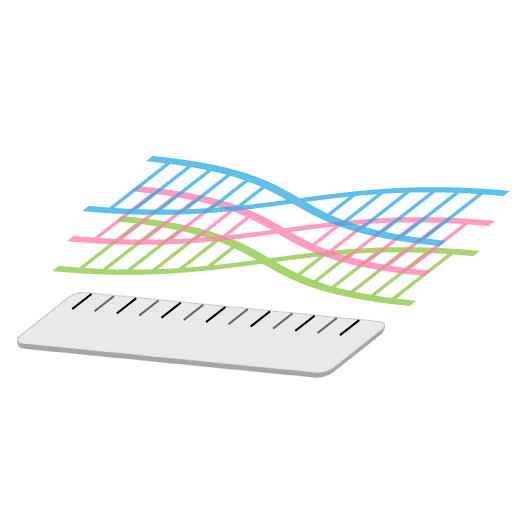
Biomarker Authentication
Tempo’s “Build an organoid” is easy to scale!
Ready in DAYS NOT WEEKS, and simplifies assay and data analysis.

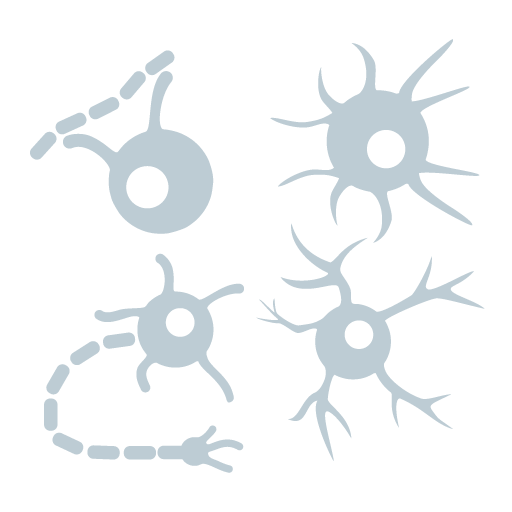
iOligo, iMG
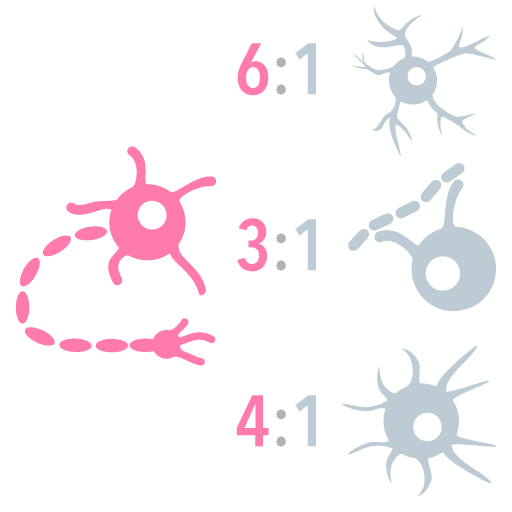
ratio to 6:1, 3:1, 4:1
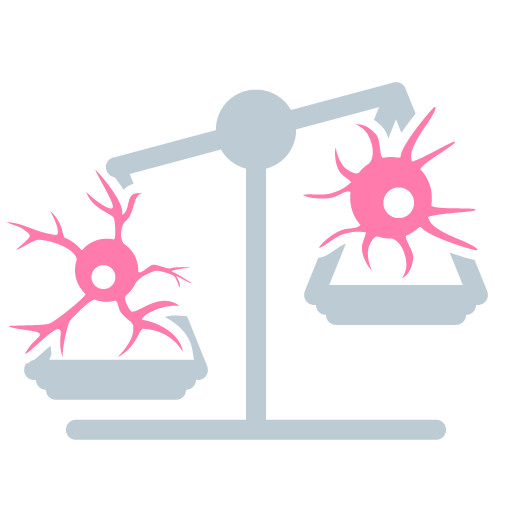
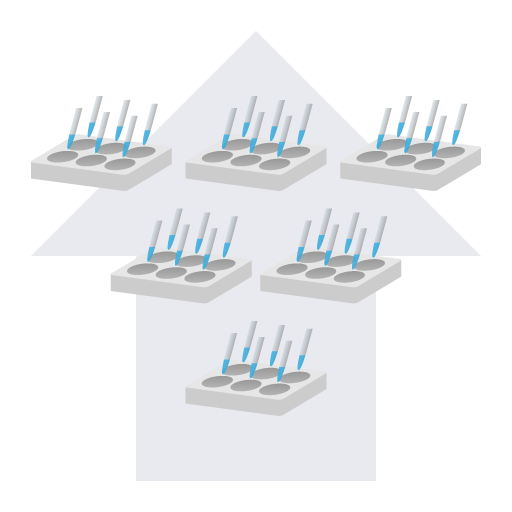
Specifications
>0.5×10^6 cells per 1ml of freezing medium (vial)
Long-term Storage: liquid nitrogen
Growth Properties: adherent
Storage: remove cryovials (dry ice packaging) and place the vial into liquid nitrogen for storage. Alternatively, thaw and use the cells immediately.
Technology used: an in-house developed proprietary feeder-free, serum-free, non-viral, nucleic-acids-free, integration-free reprogramming technology.
QC: Sterility, Safety (BioSafety Level 2), HIV/viruses, bacteria, fungi: negative. Cell viability post-thawing (>90%)
Tempo-iMG™ SKU1001.1
Citations
- Human Cortex Spheroid with a Functional Blood Brain Barrier for High-Throughput Neurotoxicity Screening and Disease Modeling
- Cell Sources and Methods for Producing Organotypic in vitro Human Tissue Models
- Probing Prodrug Metabolism and Reciprocal Toxicity with an Integrated and Humanized Multi-Tissue Organ-on-a-Chip Platform
- Cross-talk between microglia and neurons regulates HIV latency
- Multicellular 3D Neurovascular Unit Model for Assessing Hypoxia and Neuroinflammation Induced Blood-Brain Barrier Dysfunction
- Transport of ultrasmall gold nanoparticles (2 nm) across the blood–brain barrier in a six-cell brain spheroid model
